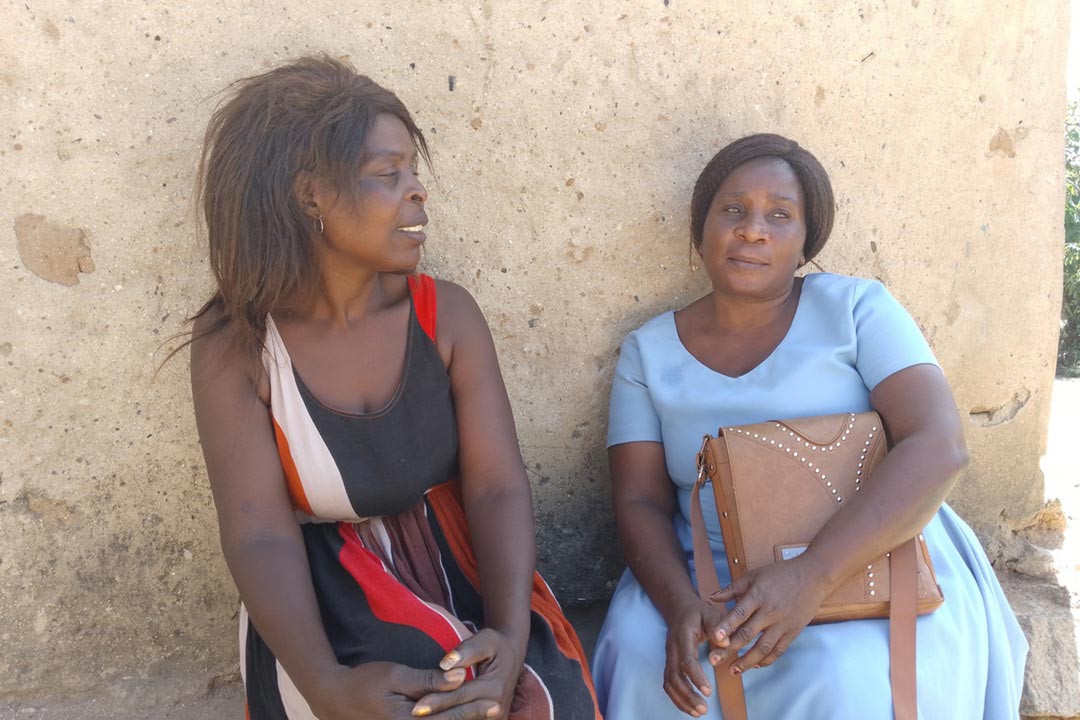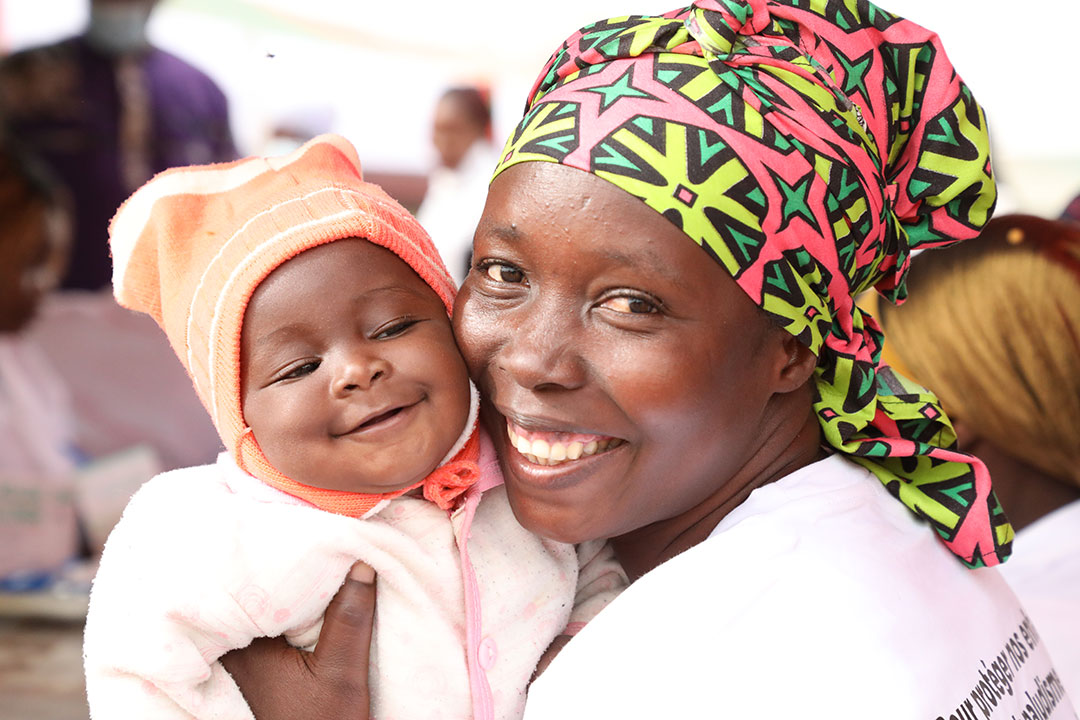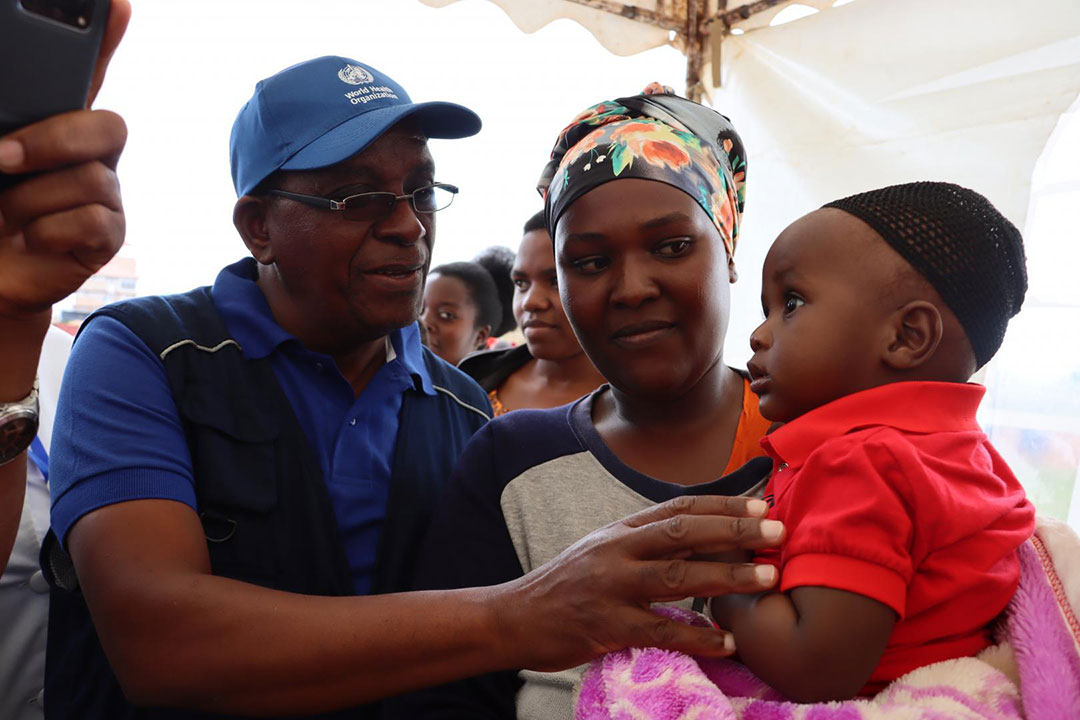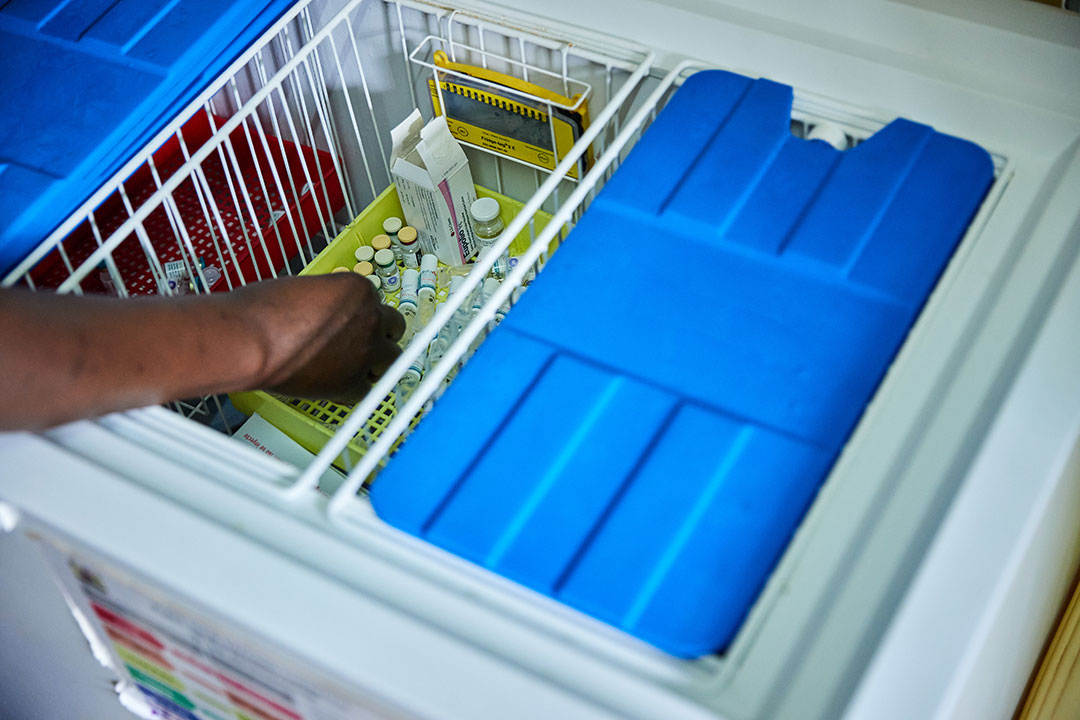What is the world like for girls today?
On International Day of the Girl Child, Gavi’s Megan Holloway looks at how COVID-19 is impacting the lives of girls.
- 12 October 2020
- 5 min read
- by Gavi Staff

The COVID-19 pandemic has shone a light on the inequities in our world. Early in the pandemic warnings were made that unless countries integrated gender into their response, the years of progress built towards gender equality would unravel. The global gender community has advocated tirelessly for gender-related issues to be captured in the pandemic, and we are now beginning to see why it’s so important, with data and evidence revealing the increased vulnerabilities and risks for women and girls, particularly for those most marginalised.
International Day of the Girl Child seeks to highlight the challenges girls face globally and reassert their power as change makers in their homes, communities and countries. The challenges for young people during the pandemic are substantial and have reinforced existing inequities, ranging from significant disruptions to education, reduced access to sexual and reproductive health services, increased risk of violence, exploitation and abuse, and a precarious economic environment limiting youth livelihood opportunities. The impact of these challenges could reverberate for years to come with young women and girls being affected most deeply unless countries act now to protect them. But to do so, countries must first capture and centre the voices, experiences and ideas of girls into their response.
International Day of the Girl Child seeks to highlight the challenges girls face globally and reassert their power as change makers in their homes, communities and countries.
Statistics on the gendered impact of the pandemic are overwhelming, and highlight a cascading effect of the crisis for current and future equality for girls. Due to school closures there are globally 743 million girls out of school who are now facing increased risk of sexual exploitation and abuse. UNESCO predicts 11 million girls globally will never return to school due to increases in child marriage and adolescent pregnancy, policies that prevent pregnant and young mothers returning to school, increased pressure from families to work, and gendered norms requiring girls to stay at home to care for vulnerable family members.
The stark estimates include a predicted 13 million additional child marriages by 2030 due to decreased funding and delays to programmes. Experience from the Ebola crisis in West Africa taught us that lockdown measures can increase adolescent pregnancies, an avoidable trend which has sadly continued during this pandemic. During three months of lockdown in Kenya, there was a reported 152,000 adolescent pregnancies; an early indicator of the impact of the pandemic where this year alone one million girls are more likely to fall pregnant.
The risks though for girls go beyond their education; their lives can also be at risk. Complications due to pregnancy and childbirth is the leading cause of death for adolescent girls aged 15-19 years whilst this age group undergo an estimated 3.9 million unsafe abortions every year. Girls already face multiple barriers trying to access sexual and reproductive health services, and restricted services during the pandemic has only compounded this inequity.
Girls also find it more difficult to seek support or access distance learning; boys are 1.5 times more likely to own a phone than girls in low- and middle-income countries and are 1.8 times more likely to own a smartphone that can access the internet, meaning girls during this pandemic have less access to health information or support networks and services. Lastly, despite years of advocacy, female genital mutilation (FGM), a form of gender based violence (GBV) and harmful practice with no health benefits, could see an additional 2 million cases. In Somalia, where 98% of girls between the ages of 5 and 11 experience FGM, there have been reports of the pandemic measures exacerbating these acts of violence.
Yet despite these immense challenges, young women and girls are providing leadership by being at the forefront of the pandemic response. A youth-led research study found that civil society organisations (CSO) led by youths are building resilience from the ground up through initiatives to keep their communities safe from the pandemic. There are remarkable grassroot stories of how young people are playing a central role in supporting their communities during this crisis. From young girls in Uganda making personal protective equipment (PPE) and providing basic food and necessities to their communities, to female medical students in Syria translating COVID-19 guidance into Arabic and ensuring young people have access to correct information. Or youth community mobilisers in Sierra Leone reaching over 175,000 people through door-to-door awareness raising and community programmes, including contraceptive education. Similarly, youth groups in Bangladesh are working with the Hijra (transgender) community to distribute masks in an effort to transform public perceptions of this marginalised group. Investing in and learning from youth, women and girl-led civil society interventions can scale-up community resilience and their innovative approaches to overcoming the impact of the pandemic.
In these times of great uncertainty, what we can be certain of is that girls are our future and their voices, experiences and ideas have an important role in shaping it. Consequently, the theme for this year’s International Day of the Girl Child is ‘My voice, our equal future’. The world has a responsibility to reimagine the future for girls, because their collective voice will serve as a compass on the path towards gender equality.









